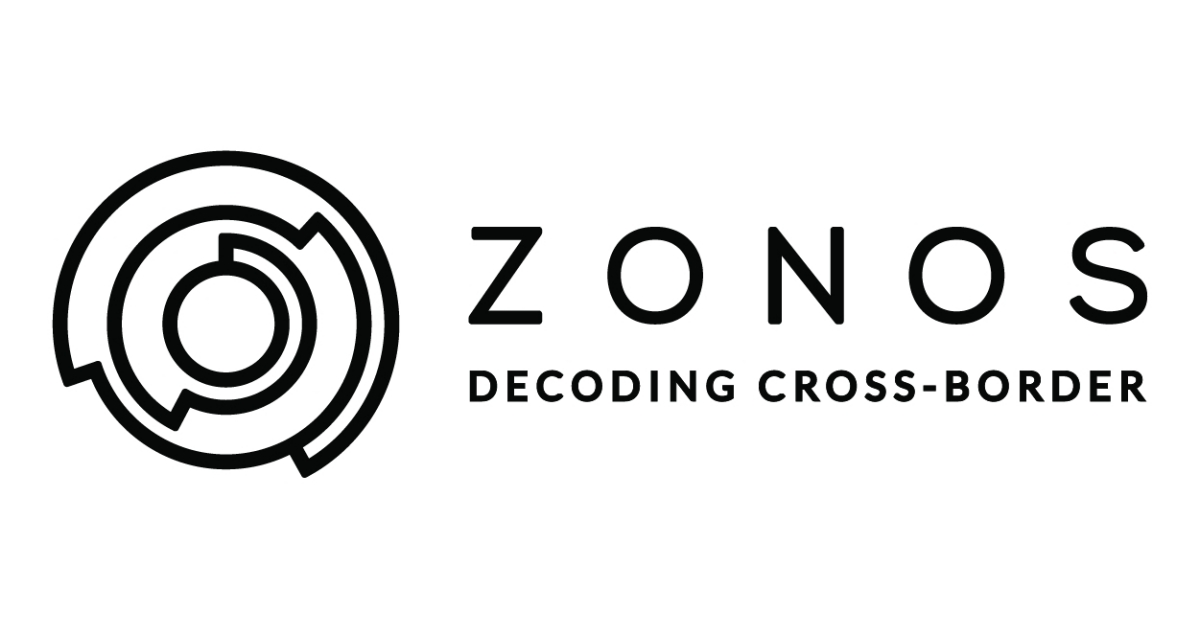Debt. It’s a terrifying word. Mostly because you usually hear it when referring to credit card or student debt that your friend is having a hard time paying off. Oftentimes, as they live beyond their means. Not pointing the finger here.But that’s personal debt, and we’re not talking about that right now. What we are focusing on is company (or corporate) debt. Here’s the truth about company debt: it’s actually a good thing, especially when it comes to your SaaS company. Why’s that? Well, there are essentially two ways for you to fund your company. You can sell equity to fund your company. You’re likely very familiar with this one. If not, here’s a very simple summary. This funding source requires you to give up a certain amount of ownership in your company in exchange for cash. The other way is debt financing. You might not be as familiar with this one. It’s a simple concept. A lender gives you money that you have to pay back in a certain time period with an interest rate attached to it. Got it? Okay, let’s dig a little bit deeper to see why it’s a good thing to have debt in your company’s capital mix.
1. Control and Optionality
Taking on cash in the form of debt financing allows you to retain equity, which may mean keeping control, optionality, your sanity (and hair) and long-term upside. You won’t have additional shareholders telling you how to run your company, having grandiose expectations that may not jive with your own, and potentially even giving you the heave-ho from the company you started and let them invest in in the first place.Once you pay off your debt, you’re done with it. You’re not tied to it unless you decide you want to use more of it (and even then, it’s not forever). On the other hand, giving up equity for cash means that you are bringing on a funding source that sticks around for the life of your company. To be clear, the cash from selling equity doesn’t stick around. You spent that to grow your company. The ownership stake you sold remains in the hands of those equity investors for the lifetime of your business. So, you likely will have to deal with those equity owners and all that comes along with them (personalities, demands, expectations) for the life of the company. Moving them off your capital table and out of your business is much harder (and pricier).
2. Financial Benefit for Profitable Companies
The second benefit of utilizing debt to fund growth is that the interest on your debt is tax deductible. When you start generating profits (quite en vogue these days), you can lop off that interest expense to reduce your tax exposure, like you do with your mortgage on your personal taxes. This tax deduction will save you money, and it could be a significant amount. What you do with that saved money is your call. Go buy a boat (maybe not the best use of savings), share it with your employees, run more marketing campaigns. It’s that simple. Note, with recent legislation passed, the interest reduction is capped at 30% of EBITDA.
3. It’s Less Expensive Than Equity Long-Term
Let’s move into the meat of why debt is good for your company. Debt is actually cheaper than equity. Finance people know this. That’s one reason venture debt has exploded in popularity, outpacing venture capital (equity) A&B rounds of late, per Tom Tunguz of Redpoint Ventures. SaaS Founders with product/tech or sales and marketing backgrounds often meet me with a blank stare when I tell them this.Let’s put some numbers on this with a simplified example. Pretend in 2018 that your company is on track to produce $1M ARR, and you think you need $500k in capital to move to the next step beyond that. You can take on $500,000 of debt with the knowledge that you owe $750,000 in three years OR you can sell $500k in equity for 10% of your company. Really, you could pair the two to bring in $1M in total capital. We won’t go into that here, but it’s a good idea. Happy to chat about it.Your annual cost on that debt is $83,000 (basically the cost of one junior engineer). Now, you also owe the principal back, so you have a total annual payment of $250,000, on average, so that’s 3 juniors devs.The equity capital came with a cost of 10% of your company. Let’s say you grow your company to $5M ARR over the next few years and sell it for $25M. $2.5M of that goes to the equity investor, not to you and your team. So, you repaid 5x on that $500,000 while you could have paid 1.5x on the $500,000 of debt capital and achieved the same outcome.
4. The SaaS Business Model is a Good Fit for Debt Capital
The recurring revenue, high margin nature of the SaaS business model is ripe for debt capital. The common rub against applying debt capital to SaaS businesses has been the lack of traditional collateral in the form of accounts receivable, inventory and fixed assets (buildings and equipment). For those that understand the beauty of the SaaS business model, these concerns are moot. Well run SaaS businesses can handle a rational amount of leverage as they effectively kick off an annuity of revenue and eventually cash flow that can adequately service the debt with enterprise value (what you can sell for) increasing along the way.There is no right or wrong way to capitalize your company. A lot of it comes down to what your options are at any given time and what your preferences are. Ultimately, the best you can do is to attack the capital markets, determine what they can offer you, make a decision and move forward and get back to creating value in your business.








